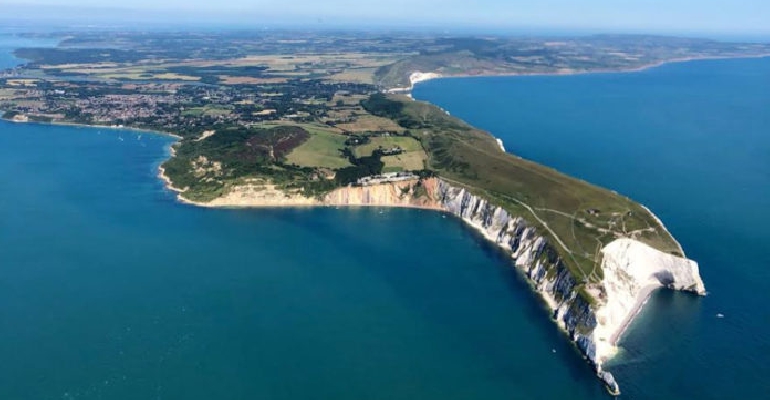
After declaring a climate emergency and with an aim to achieve net-zero carbon by 2030, plans are being made to help the Isle of Wight combat climate change.
Following a climate motion in 2019 to bring the Isle of Wight Council’s attention to the ever-pressing matter of climate change and global warming, the council started drafting a climate and environment strategy.
The draft strategy sets out key activities the council can take to fulfil its duties and reduce the Island’s carbon footprint.
Actions undertaken by the council to minimise its own carbon footprint included reducing office space, purchasing electric vehicles and switching to LED street lights.
The council’s own baseline carbon footprint has reduced approximately 65 per cent from 11,568 tonnes of carbon dioxide in 2009/10, to 4,077 tCO2e, in 2018/19.
A study performed last year for the council, by Regen, energy experts, based on the 2017 emission statistics found the Isle of Wight’s total carbon footprint to be 506,900 tCO2e.
The three biggest contributors to the Island’s carbon footprint then formed 75 per cent of total emissions — commercial and industrial accounting for 26 per cent, transport 25 per cent and domestic heating 24 per cent.
To meet the target of net zero emissions by 2030, the environment strategy says the Isle of Wight will need to reduce and offset carbon emissions by an average of 12.8 per cent per year.
If the council were to offset (plant trees or create new woodland, for example) the entire 2017 carbon footprint, approximately 2.5 million trees would have to be planted.
If the council were to eliminate 85 per cent of emissions by 2030, and offset the further 15 per cent approximately, 760 hectares (or 760 rugby pitches) worth of tree coverage would need to be planted.
Pathways are being discussed to achieve the net zero target, primarily focusing on reducing emissions with a small amount of offsetting taking place, but the council has said while it can decrease its own carbon footprint, it only accounts for less than one per cent of the Island’s overall emissions.
The strategy says widespread behaviour change will be necessary across the Island if the target is to be met in the next nine years, with major changes to energy use and production, housing, and transport and its supporting infrastructure required.
As part of the Isle of Wight Council’s actions to reduce its emissions, the strategy plans to divest from the use of fossil fuels, make sure council buildings are entry efficient and use renewable energy as well as potentially introducing new planning conditions to protect the natural environment.
For the Island as a whole, the strategy lays out steps to encourage active travel to reduce vehicle use, increase learning about climate change and reduce fuel poverty on the Island.
Target dates for the net zero goal are to be submitted to the full council for review early this year, with the draft plan being considered at a meeting of the policy and scrutiny committee for the neighbourhoods and regeneration on Thursday (January 7).
To read the draft strategy in full, you can view it here: iow.moderngov.co.uk/documents/s1870/Climate%20and%20Environment%20Strategy.pdf

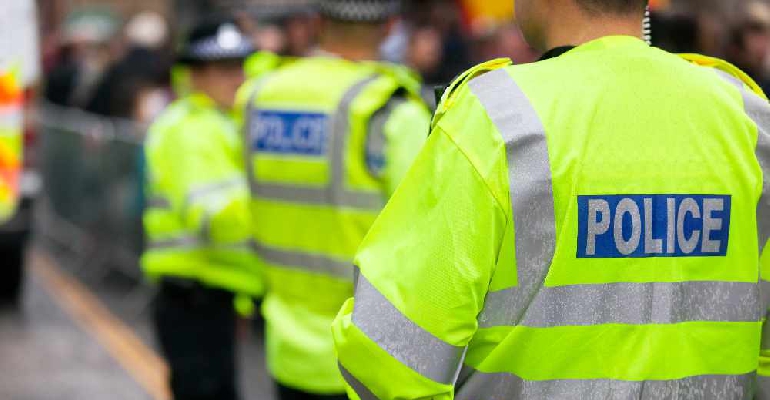 Four Men Arrested Following Rogue Trader Activities In East Cowes
Four Men Arrested Following Rogue Trader Activities In East Cowes
 Rugby Players Set To Scale Great Heights For Teddy
Rugby Players Set To Scale Great Heights For Teddy
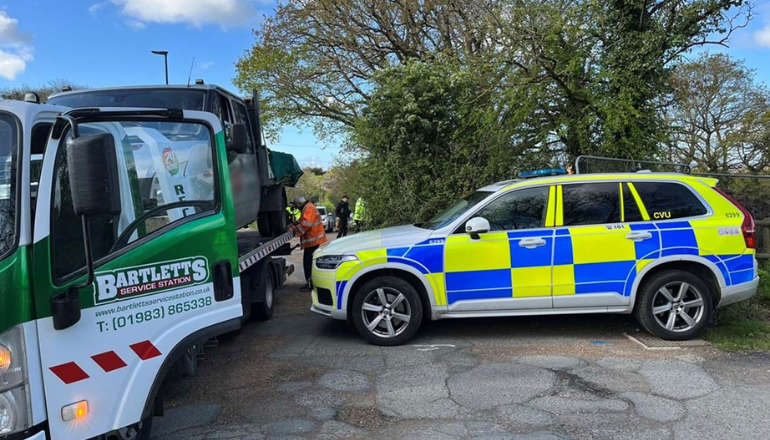 Drug Driving, Domestic Abuse And Stalking Among Arrests Made As Police Target Isle Of Wight Criminals
Drug Driving, Domestic Abuse And Stalking Among Arrests Made As Police Target Isle Of Wight Criminals
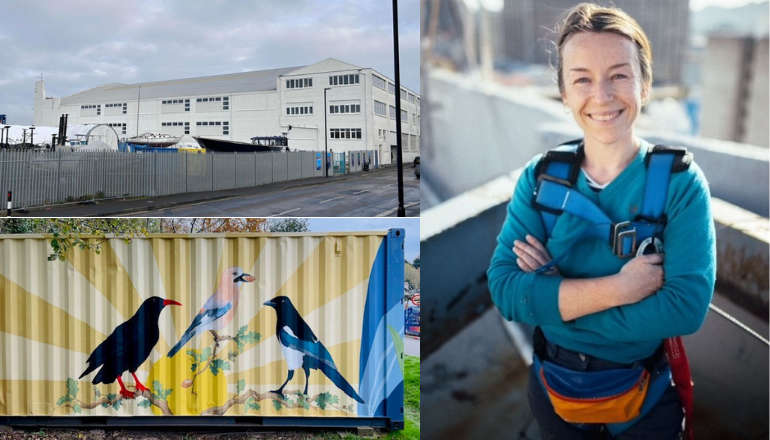 Work Begins On ‘Monumental’ Mural Project At Historic Columbine Building
Work Begins On ‘Monumental’ Mural Project At Historic Columbine Building
 More Acts Added To Isle Of Wight Festival Line-Up
More Acts Added To Isle Of Wight Festival Line-Up
 St Mary’s Vaccination Hub Gets Ready For Spring Covid-19 Vaccinations
St Mary’s Vaccination Hub Gets Ready For Spring Covid-19 Vaccinations
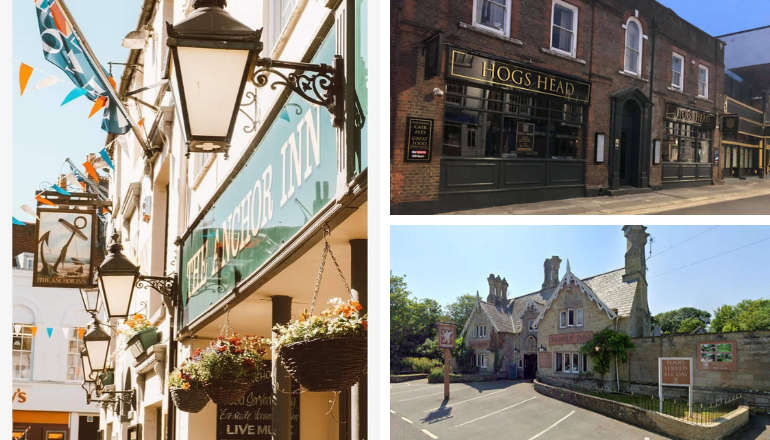 Twenty Isle Of Wight Pubs Under Threat As Stonegate Issues Profit Warning
Twenty Isle Of Wight Pubs Under Threat As Stonegate Issues Profit Warning
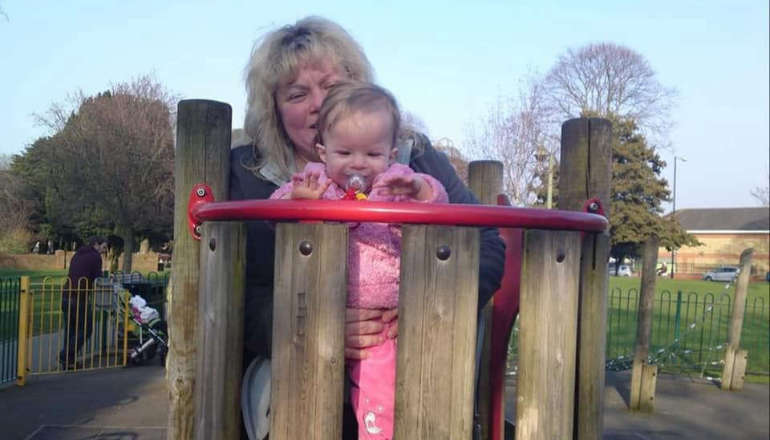 Fundraiser Launched As Kezi's Kindness Founder Diagnosed With Incurable Cancer
Fundraiser Launched As Kezi's Kindness Founder Diagnosed With Incurable Cancer
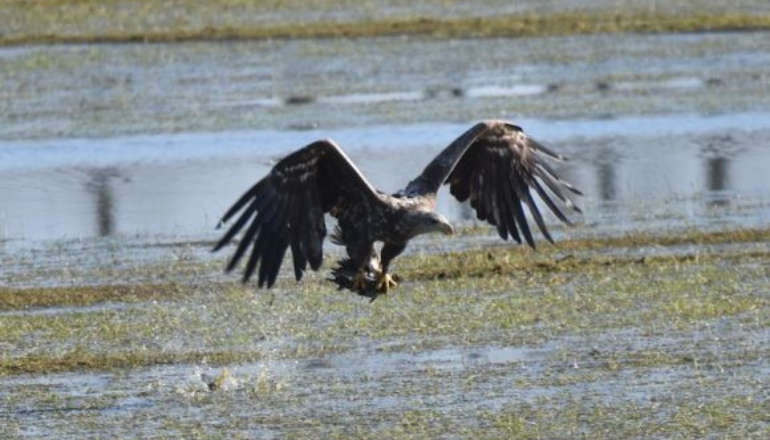 Bon Voyage — White-Tailed Eagle Soars To France
Bon Voyage — White-Tailed Eagle Soars To France
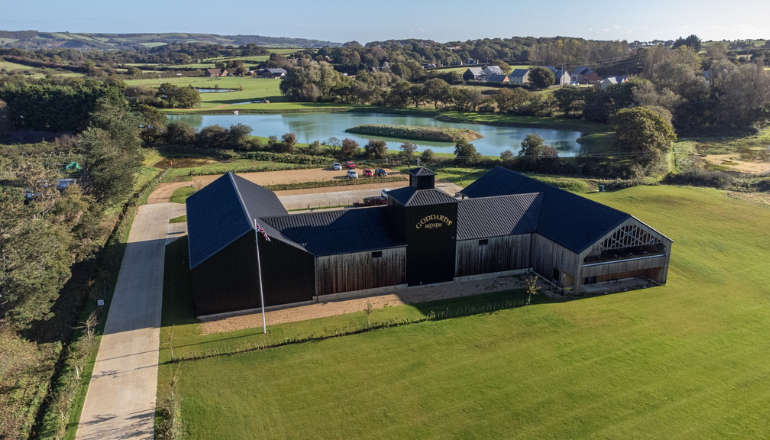 Goddards Brewery Scoops Four Top Industry Awards At International Competition
Goddards Brewery Scoops Four Top Industry Awards At International Competition
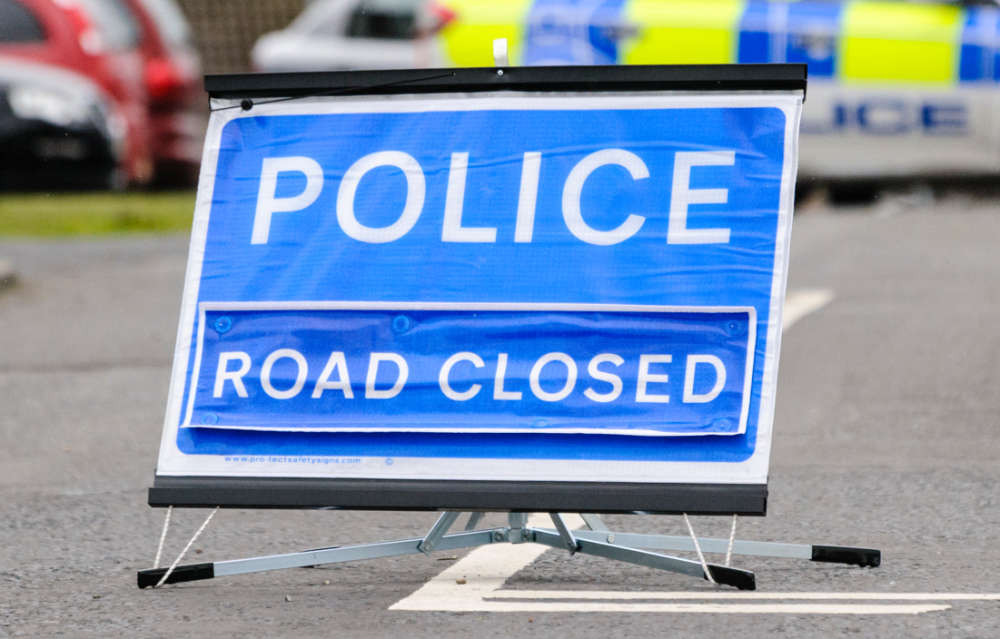 Briddlesford Road Crash Results In Two Injured
Briddlesford Road Crash Results In Two Injured
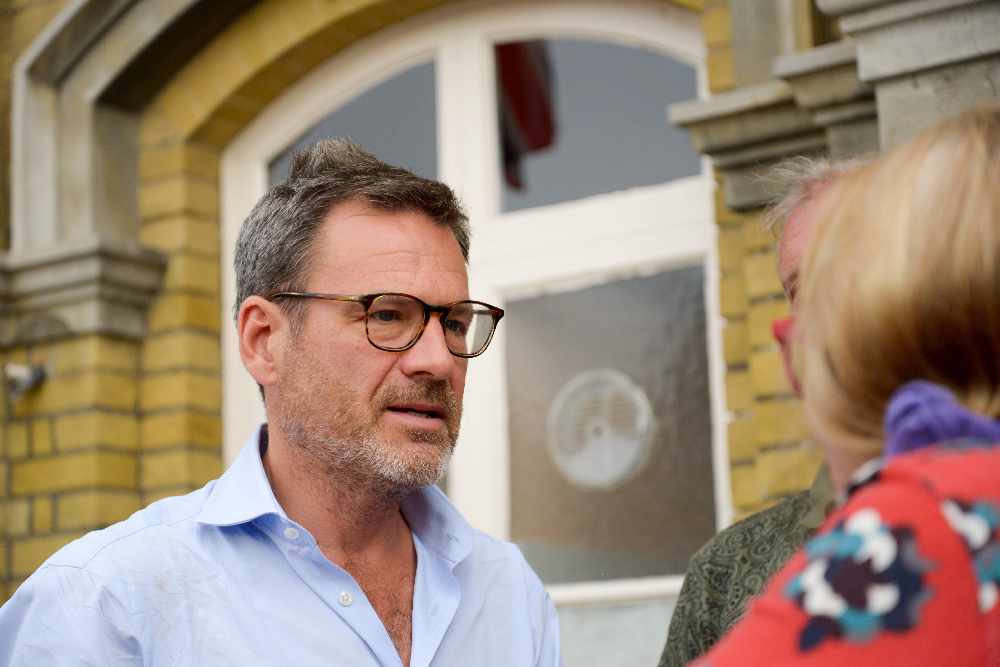 Isle Of Wight MP Extolls Virtues Of Joint Emergency Service Officers For Isle Of Wight
Isle Of Wight MP Extolls Virtues Of Joint Emergency Service Officers For Isle Of Wight
 Island Labour Announces Parliamentary Candidates As Quigley Vows To 'Take Fight' To Bob Seely
Island Labour Announces Parliamentary Candidates As Quigley Vows To 'Take Fight' To Bob Seely
 Can You Help Police To Identify Man Linked To Waitrose Theft?
Can You Help Police To Identify Man Linked To Waitrose Theft?
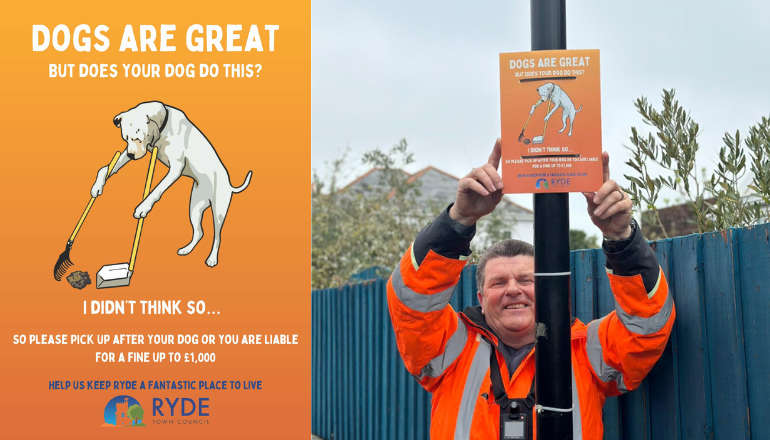 Ryde Town Council In Crackdown On Dog Fouling
Ryde Town Council In Crackdown On Dog Fouling
 Former Patient Opens New Intensive Care Unit
Former Patient Opens New Intensive Care Unit
 Isle Of Wight Primary School Place Allocations Announced For September
Isle Of Wight Primary School Place Allocations Announced For September
 The Rules Islanders Need To Know For Police And Crime Commissioner Election Postal Voting
The Rules Islanders Need To Know For Police And Crime Commissioner Election Postal Voting
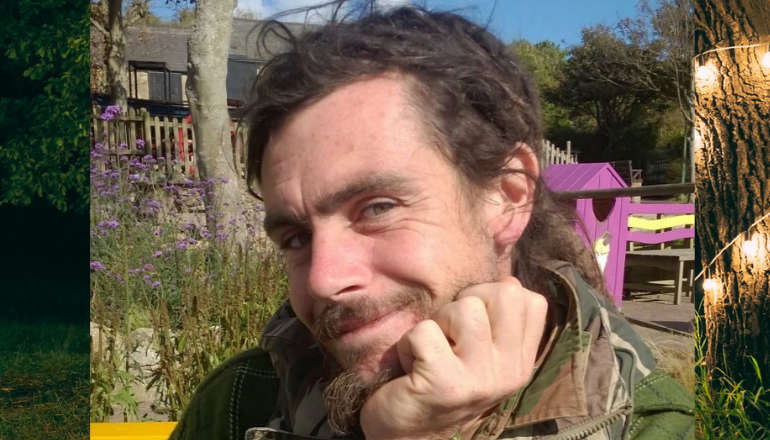 Family Pays Tribute To Paul Hart Following Fatal Newport Collision
Family Pays Tribute To Paul Hart Following Fatal Newport Collision
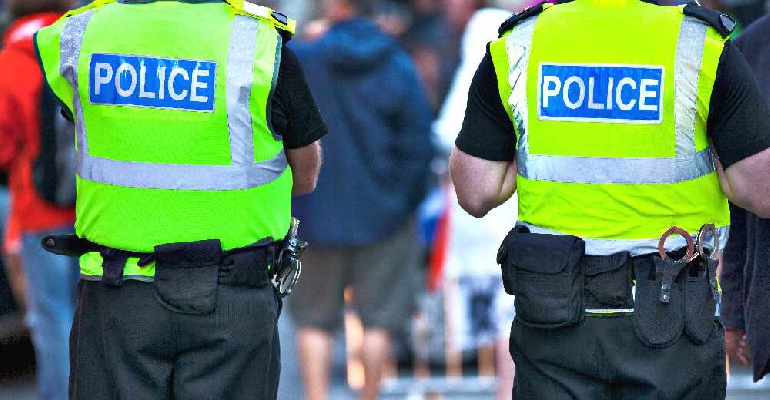 Teenager Sentenced For Planning Isle Of Wight Festival Terrorist Attack
Teenager Sentenced For Planning Isle Of Wight Festival Terrorist Attack


